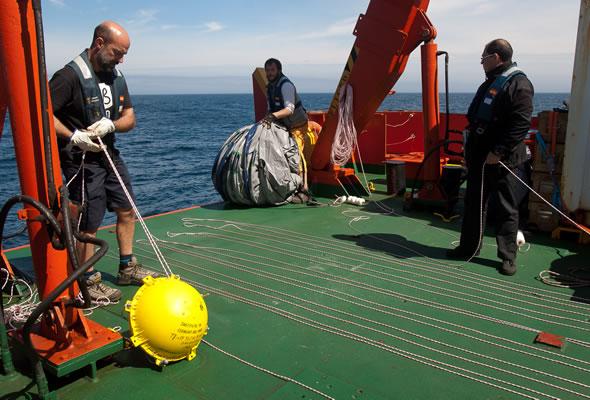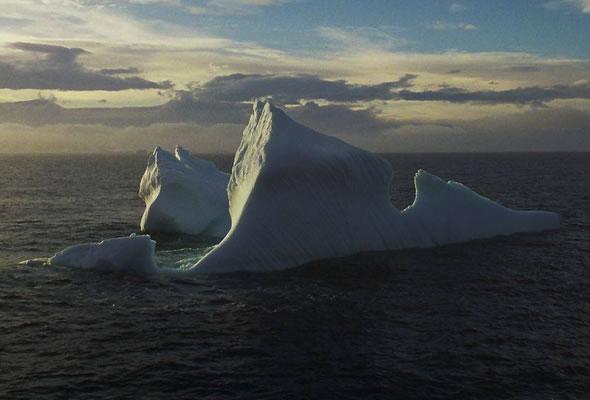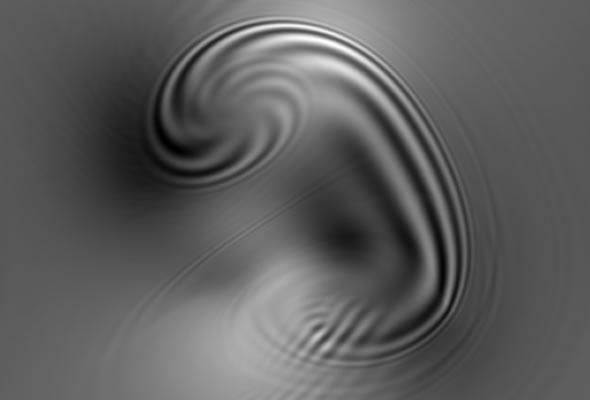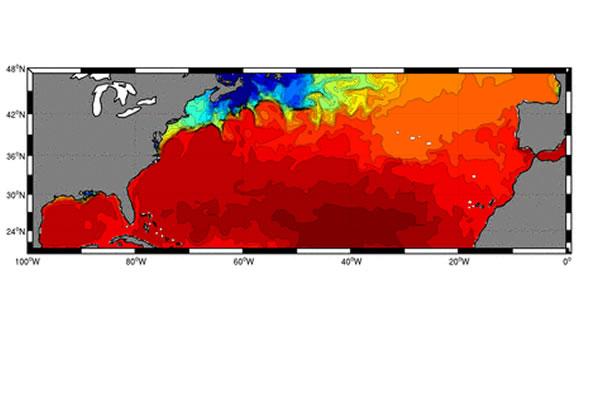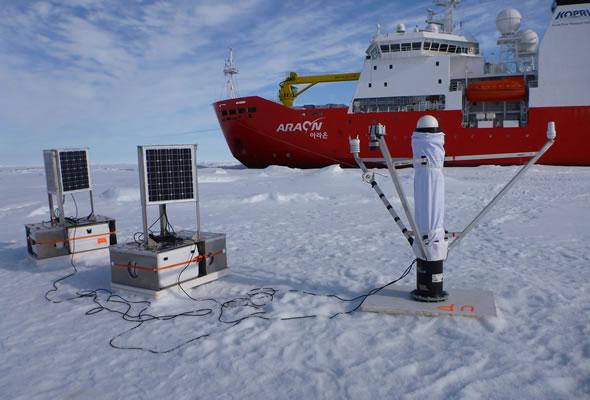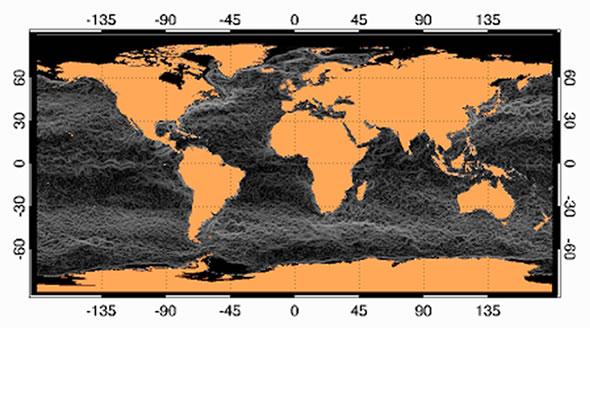LARGE-SCALE OCEAN CIRCULATION
To understand the mechanisms that control ocean circulation at large scale, particularly the transfer of properties through the ocean-atmosphere interface, the thermocline, and the deep ocean, and its role from seasonal...
CLIMATE CHANGE
The analysis of time series from both observations and numerical simulations allows investigating past (glacial-interglacial oscillations) and future ocean changes and their potential impact on the Earth system. We are evaluating statistical changes...
MESOSCALE AND SMALL-SCALE OCEAN PROCESSES
To understand the interactions between mesoscale structures, inertial-gravitational waves, and the distribution of nutrients, phytoplankton, and zooplankton. We use high-resolution non-hydrostatic models and ecological models. New analysis tools are...
OCEAN MODELLING AND DATA ASSIMILATION
To design, adapt, and implement numerical simulations to analyze ocean processes at different scales, from large-scale interactions and climate evolution to mesoscale and small-scale phenomena, both in the open ocean and in coastal regions...
NEW TECHNOLOGIES FOR OCEANIC, COASTAL, AND SEA ICE OBSERVATIONS
To develop ad hoc autonomous platforms and sensors for specific oceanographic monitoring purposes. To improve and enhance current instrument designs for near-surface and small-scale observations. To develop polar instrumentation, devise...
ADVANCED OCEANOGRAPHIC DATA PROCESSING METHODS
To obtain new and/or enhanced geophysical information from satellite and in-situ measurements for use in a wide variety of applications such as turbulence modeling and ocean-atmosphere interaction. Research activities include satellite data calibration...





